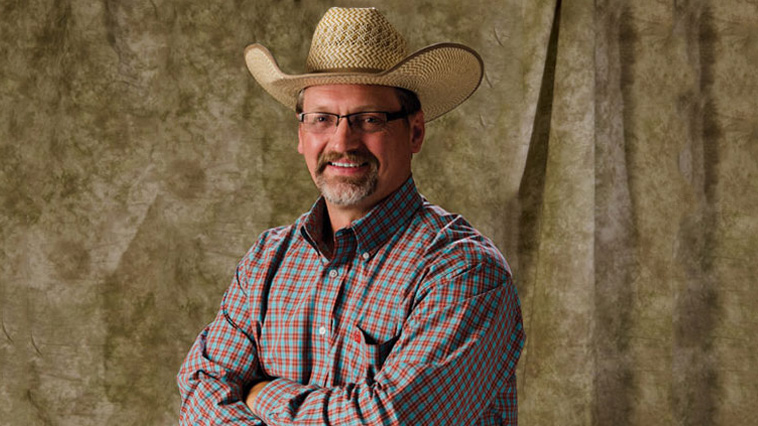

ADVERTISE

The 30 Degreer
By Billy Smith
I never gave much thought to boot heels until Bob Berry enlightened me, starting a chain reaction where fashion, cowboy culture, physics and geometry all dissolved into one mind-numbing brain freeze in my young intellect.
That conundrum-laced, 8-year-old confusion came crashing down when Mr. Berry explained that his boot heels were “30 degreers.” It was in that bewildered moment that I concretized the obsessive practice of noticing boot heels. I fell into this homographic maelstrom trying to piece together how “degrees” could be related both to the atmospheric temperature and at the same time have context with boot heels. Verklempt, I was, in a way that can only happen to an 8-year-old traipsing through the box canyons of discovery.
Mr. Berry could have been my grandfather or maybe great-grandfather. He was undoubtedly a bona fide cowboy. An old school cowboy. In my raising, that often meant oilfield work during the week and day cowboying on weekends. Mr. Berry did both. Looked like he’d been doing both for the better part of a century. As a child, anyone could have convinced me that Mr. Berry was easily 108, what with his deep-rooted, ocher facial cracks, Levi 501XXs and bowed legs that looked more like willow branches. He was a buttoned-up Western-wear aficionado. High cuffs, white starched pearl-snap buttoned to the top, and toes that could coax a stubborn ant from a corner.
He wore a perpetual left-eye squint that kept me unclear if I should run or follow his gravelly voice. His boots though, belied the fact that he carried a little age with him. The 30-degreers suggested a world-class athlete, capable of walking essentially on his toes most of the day. If not a sign of athleticism, he could certainly have gone toe-to-toe with adventurous stiletto wearers. His boots required a commitment to moving forward. Thirty-degree heels were nothing with which to trifle and might account for the fact that it’s the only pair I’ve ever seen.
Fortunately, my dad had schooled me in the finer points of riding heels versus roping heels versus stockman heels. But these 30-degree heels were something I’d never seen and I mused how a man of Mr. Berry’s advanced years could navigate in these extreme examples of cowboy footwear. To me, though, these were a new genre of heel, a tipping heel, a marvel that required balance and a cunning sense of self. One slight push backwards and Mr. Berry was destined for at very least a concussion, if not worse.
If you didn’t have your own Mr. Berry, here’s a quick primer:
My fascination with the 30-degreer has stood the test of time, so to speak. I hope against hope to one day spot someone wearing what should now be called the Berry Heel. I’m sure product liability laws being what they are will probably eliminate all chances. But at the convergence of Western fashion and science, there lies the 30-degreers.
I’ve become acquainted with two undeniable certainties: The ancient playwright Euripedis was correct and I am growing happily older.
SHARE THIS